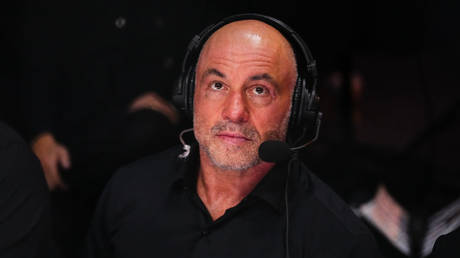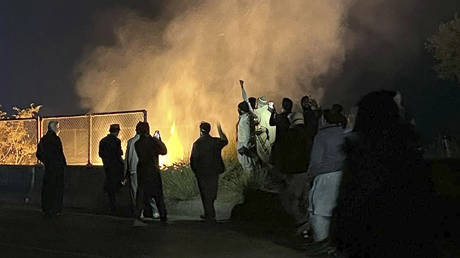INDIANAPOLIS — Final Four weekend at Lucas Oil Stadium in April gives Indianapolis its first shot at a “normal” NCAA tournament host experience since the all-inclusive and restrictive COVID-19 event in 2021.
When the women’s and men’s Final Fours return to Indy in 2028 and 2029, respectively, will the championship games punctuate a new normal? Potential expansion to 72 or 76 teams remains a widely unpopular yet increasingly possible outcome as early as the 2027 tourneys.
Last month, the NCAA men’s and women’s Division-I basketball committees declined to recommend expansion for the 2026 postseason. NCAA President Charlie Baker said in July a decision on future expansion could come by this fall.
Dan Gavitt, NCAA senior vice president of basketball, said Tuesday the organization is not operating with a firm deadline to make a decision. In order to expand for the 2027 tournament, though, a decision must be made by the spring.
“Maybe it’s time, maybe it’s not,” Gavitt said at a Final Four Tip-Off Event at the Indiana Roof Ballroom. “But it’s time, I think, to really give it serious consideration.”
Meetings in July and August which could have brought some certainty to the future instead only extended the debate. Perhaps the decision would have already been made if the concept were more popular.
The NCAA tournament last expanded, to 68 teams, in 2011. The women’s tournament also expanded to 68 in 2022. Gavitt said the committees agree any tournament expansion of the men’s and women’s tournaments should mirror each other.
While expansion has proponents among power conference administrators and coaches, it also has high-profile detractors. Purdue coach Matt Painter and athletic director Mike Bobinski, a former chair of the NCAA tournament selection committee, said last year they were not in favor of expansion. Fan polls have shown overwhelming distaste for expansion.
Doyel: Why care about NCAA tournament expansion? Accept change or don’t watch. But I bet you will
When the College Football Playoff (which is not controlled by the NCAA) expanded in 2024, it came in the wake of steadily increasing fan support. The strictures of a four-team field resulted in some unsatisfying decisions between Nos. 4 and 5 in the rankings. Nothing akin to an undefeated power conference champion being left out — as happened with Florida State in 2023 — has afflicted the basketball tourneys.
The NCAA must listen to the entirety of its membership, though. It’s why Gavitt brings up how much larger Division I basketball has grown.
Most of those new programs would be considered low- or mid-majors, though, from leagues which only compete for a single bid. CBS’s Matt Norlander broke down the math in July. Of the 91 teams added to Division I since 1985, only one — Central Florida in 2019 — earned an at-large bid.
Expansion would not greatly increase the number of teams from that level earning their way into the tournament. It would, however, help teams such as 2024-25 Indiana. The Hoosiers finished 19-13 and 10-10 in the Big Ten but did not receive an at-large invitation.
That leads into the slightly better argument — one Gavitt also acknowledged — concerning expansion which has already happened at the conference level.
Explainer: Why Indiana basketball missed NCAA tournament in favor of North Carolina
The Big Ten and ACC have expanded to 18 basketball programs, and the Big 12 and SEC have 16 apiece. The sheer size of some of those leagues leads to imbalanced scheduling. The competitive depth makes it more difficult to separate the NCAA resumes of teams finishing eighth, ninth, 10th and beyond in their leagues.
“Division I has gotten bigger — which is well documented — but it’s also gotten much more competitive at the top of the game,” Gavitt said. “… There are just more better programs that are investing a lot of money in the sport. So maybe providing more opportunities for those teams to participate in the tournament is something that should be considered.
“Again, it’s not a done deal. There’s mixed feelings about it. But more opportunity is something this committee’s taking very seriously because times have changed.”
A larger tournament also likely means Indiana State’s deserving 2024 team would not be left out. Gavitt cites VCU in 2011 and UCLA in 2021 as First Four play-in teams who made Final Four runs. More bubble teams getting in would mean more chances for bubble teams to reach the Final Four.
Expansion to 72 or 76 will not affect the events or experiences around the next Final Fours held in Indy. It may not even effect which teams advance.
It will, though, remain a hotly debated topic until and possibly through championship weekend. So far, the NCAA has not pulled much sentiment in its favor.
This article originally appeared on Indianapolis Star: NCAA tournament expansion: March Madness growth considered, Dan Gavitt says





